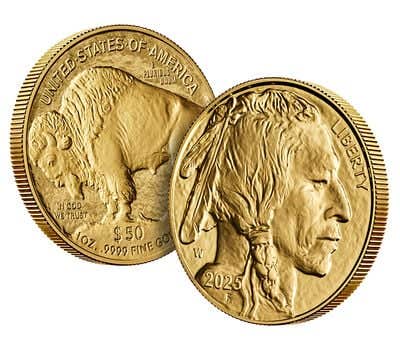Coin Clinic: Dealers control prices?
Are there coin dealers who directly influence, or even control the prices of coins?
By Richard Giedroyc
Are there coin dealers who directly influence, or even control the prices of coins?
The value of bullion and near-bullion related coins is particularly impacted by the buy and sell prices posted by some of the larger mass-market dealers who sell large volumes of this type of merchandise. By near-bullion related coins I mean such things as common date $20 gold pieces and silver dollars that have some collector premium, but whose value is primarily influenced by their intrinsic content. Truly rare coins could be argued to be influenced by specific people or companies, however the limited supply compared to the demand tends to take any price influence out of their hands, especially at an auction.
How do I know published coin values haven’t been influenced by someone with a personal agenda?
There is always the chance someone with a personal agenda might influence the value of some coins being published, however since there are so many weekly, monthly, and yearly publications offering this information it would become quite an undertaking for someone to accomplish this. The authors of this pricing information typically receive input from as many reliable sources as is possible.
Do these pricing sources document the transactions they are using to calculate coin values, or are they taking someone’s word that the information is correct?
I don’t know every person who publishes coin prices, but those with whom I am familiar are careful to document private transactions between dealers and clients when tabulating values. Published auction prices realized are also useful, but the grade of the coin compared to the coin’s description in an auction catalog must be watched for accuracy, especially if the coins are not certified.
When someone is calculating coin prices for publication using auction results do they take the auction buyer’s fee into account?
An auction hammer price plus a buyer’s fee should approximately equal what a similar coin could be purchased for in other venues. Though there are always exceptions.
How will I know if the coins I consign to an auction will be illustrated in the auction catalog?
You need to consult with the auction house on that detail. Most auction houses have a policy that defines the criteria that must be met for a coin to be illustrated in their catalog. Check to see if the auction house charges extra to illustrate your consignment. Above all, read the contract before you sign it.
I’ve been told by several dealers the secondary market for proof and mint sets is thin. Can you explain this? I thought this was an area in which a lot of collecting is focused.
Declining secondary market prices should be taken as evidence that this is the case. Buying proof and mint sets from the Mint is an entry-level point to the hobby. I can’t cite any studies, but it appears many more advanced collectors likely started their participation in the hobby by collecting these products, then moved on.
E-mail inquiries only. Do not send letters in the mail. Send to Giedroyc@Bright.net. Because of space limitations, we are unable to publish all questions.
More Coin Collecting Resources:
• February only! Save 50% on the most comprehensive world paper money CDs.
• Strike it rich with this U.S. coins value pack.
• Build an impressive collection with Coin Collecting 101.









